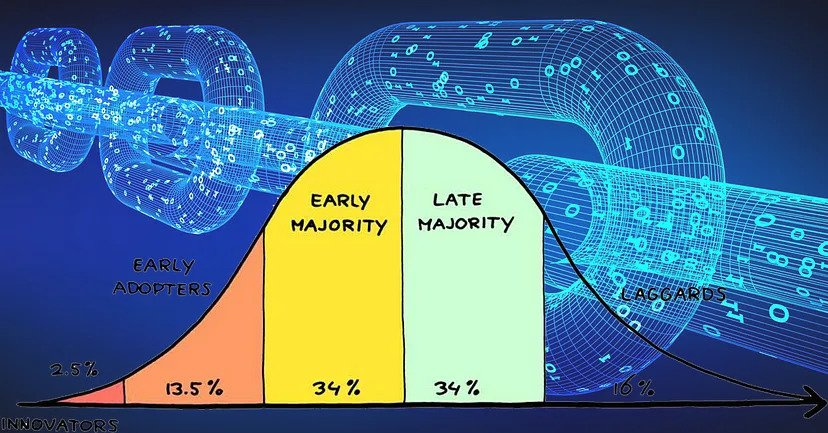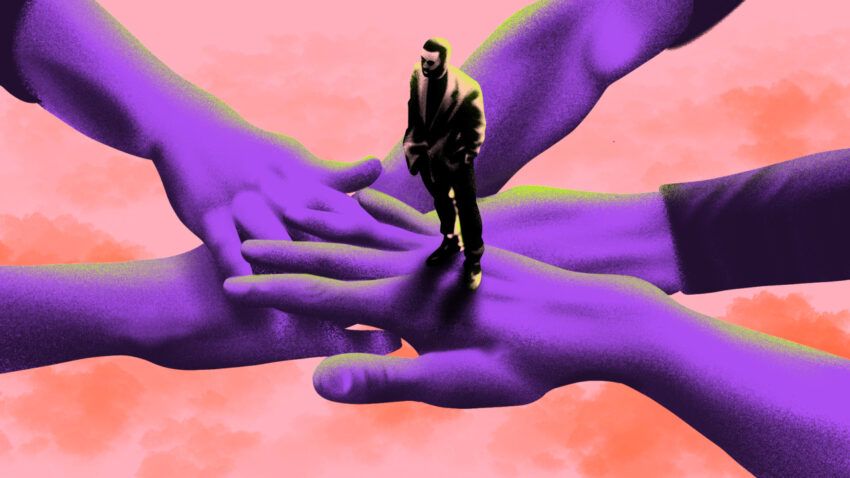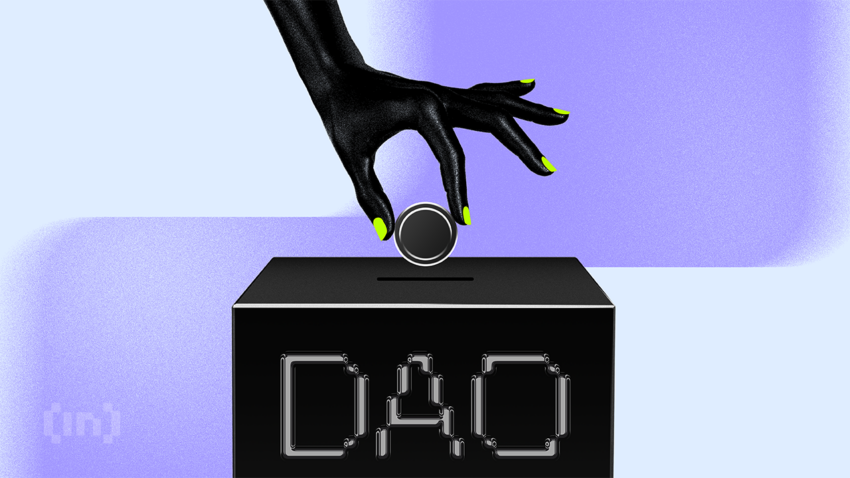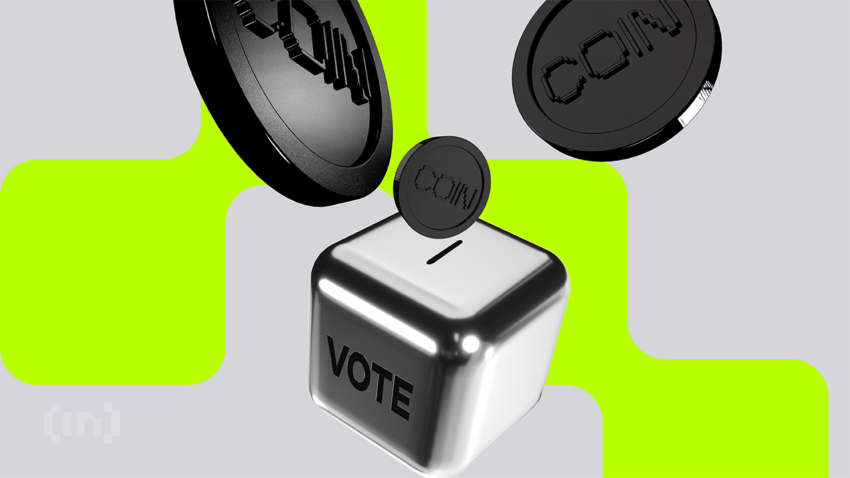Can blockchain be used for voting? Across the globe, decisions about many of society’s issues are decided by voting. Polling stations have been around for thousands of years and have allowed us to hear the voices of millions of people. However, several disadvantages of this method of voting have become more and more apparent. Here’s a look at how blockchain integration in 2025 could transform voting, offering solutions to the existing drawbacks of traditional polling methods.
Issues with the current voting systems
Casting light on the critical challenges of today’s voting systems. Here are some issues that underline the urgent need for more robust and secure methods:
- Technical matters: Fake protocols, secrecy violations, errors in calculation, and even the slow speed of vote counting are all major drawbacks of the current way of voting.
- Social problems: The potential for bribery and corruption. Elections manipulated or hacked are not an uncommon story, and this has created an environment of mistrust surrounding elections.
- High expense: The whole election process is very lengthy and costly.
- Accessibility: In-person voting typically necessitates physical presence at polling stations, posing challenges for overseas voters or those without access to such facilities.
To solve some of these issues, we introduced electronic voting in the 1960s. However, with this method, other complications occurred as a result of software errors, problems verifying results, and security issues as computers are still hackable. In some countries where e-voting occurs, they choose to return to the old-school voting method.
Amidst the challenges facing our current voting methods, there is hope that blockchain technology will step forward to offer a much-needed solution.
What is blockchain voting?

Blockchain technology, essential for revolutionizing election methods, is founded on three main pillars: a distributed network, digital transactions, and a stored ledger.
This system operates without a central hub, akin to having a computer network resilient to individual failures — a stark contrast to the vulnerability of centralized systems. Central to blockchain voting is its function as a decentralized ledger, meticulously recording each transaction across a network of computers.
This architecture not only streamlines the electoral process but also significantly enhances the transparency, security, and immutability of the voting procedure, marking a substantial leap forward in how we conduct elections. Unlike centralized systems, where data loss like a computer crash can be catastrophic, blockchain operates on a distributed network without a central hub, ensuring robust security and efficiency.
Why blockchain voting?

For voters, it would mean receiving a one-of-a-kind digital token. You could think of it as your personal ballot. You use this token to vote for whoever you want, and the blockchain records it without the possibility of tampering. Pretty effective, right? At the very least, it’s way more fraud-proof than traditional paper ballots.
Even better — the decentralized structure means votes get stored in multiple places, not just one location. This gives top-notch protection against things like cyberattacks trying to meddle with results. For that matter, blockchain voting can also protect against any physical manipulation or damage that paper ballots and EVMs are vulnerable to.
Now, let’s talk access and efficiency! With blockchain, you can vote from literally anywhere with an internet connection – no more lines at crowded polling places! This approach is especially beneficial for absentee voters, people living in remote areas, or those who face challenges in reaching polling stations. It also promises to streamline the voting process, making it more efficient and faster than traditional methods. For instance, votes can be tallied almost instantaneously, which then reduces the time and resources spent on vote counting.
Of course, any new technology that promises a way out of legacy issues typically needs to overcome a lot of hurdles before outgrowing the status quo. Blockchain voting, as a concept and practice, is not immune from that reality. Concerns about voter privacy, the integrity of the voting process, and the technological barriers to widespread adoption must be addressed. There may also be a transition period helping people get accustomed to digital tokens over pen and paper. Despite these challenges, the promise of blockchain voting lies in its potential to make democratic participation more accessible, secure, and representative of the modern digital age.
Advantages of using blockchain for voting
Utilizing the blockchain for voting brings numerous advantages, particularly in enhancing transparency and security, which are key concerns in both the DeFi and crypto community. These technologies offer the crypto community a robust framework for ensuring fair and tamper-proof voting processes, which is critical in decentralized finance and governance.
- Cost-effective and efficient: The traditional voting and counting process is both slow and laborious. The decentralized nature of blockchain makes the results transparent. It eliminates the organizational difficulties of processing the data.
- Recordkeeping: All data replicates across nodes on the network using distributed ledger technology. There are no central points for cyber-attacks, and information cannot be lost.
- Security and anonymity: Each voter creates public and private keys. The data is recorded into timestamped, immutable encrypted blocks. It’s possible that blockchain can put trust back into the voting system across the globe.
- Accessibility: Using blockchain-based voting apps allows people to cast their votes wherever they are in the world. Voting is more convenient and accessible to people who can’t visit a polling station. For example, disabled people or people who live in countries with fueled events and elections. This could help to increase voter registration across many demographics.
Decentralized Autonomous Organizations (DAO)
A DAO is a system designed to distribute decision-making, management, and entity ownership. In general, they are built using rules encoded as a computer program that is often transparent and controlled by the members of the organization. DAOs make decisions in a bottom-up management approach. This property makes DAOs advantageous to voting.
Coupled with Smart contracts, DAOs make blockchain voting a reality. Smart contracts are immutable, self-executing code or computer programs on a blockchain. Encoding voting rules into smart contracts makes them immutable and self-executing.
All votes and activity through DAOs recorded on a blockchain, making all user actions public. As a result, this eliminates the possibility of voter or election fraud — two distinct and inherent problems in traditional voting models.
Voting on blockchains is not only useful for elections, but for companies too, as with shareholders or a board of directors. Modern shareholder voting is dysfunctional. Accurate shareholder lists are non-existent, keeping ownership records is a chore, some shareholders vote excessively, and some investors regularly game the system. By and large, anywhere that you cast votes brings product-market fit to blockchain voting.
Blockchain voting scenarios
“You’re going to start seeing open-source, self-executing contracts gradually improve over time. What the Internet did to publishing, blockchain will do to about 160 different industries. It’s crazy.”
Patrick M. Byrne, CEO of Overstock.com: Canadian blockchain consortium
In 2017, Votem introduced a ‘CastIron Mobile Voting Platform. It uses a private blockchain to make voting safer, more secure and more efficient. A trusted party, such as the government, controls this private blockchain. Voters sign up to use the app, which links to a list of verification documents to verify the user. When voters cast their votes, the node counted them instantaneously.
Voatz, a private mobile voting app, aims to make voting accessible for everyone. Nimit Sawhney created Votaz and won the 2014 SXSW Hackathon with the concept. At this point, there have been more than 80,000 votes cast on the platform. In 2018, West Virginia allowed 144 overseas voters to vote via Voatz.
In 2019, Denver, Colorado, and Utah County, Utah, could cast overseas votes for elections. Voatz continued to evolve, with Utah using the system for its 2022 general elections to accommodate absentee and disabled voters better.
Exploring the most impactful blockchain voting system
The most significant recent use of a blockchain voting system was in September 2019 in Moscow, Russia, for the city council election. Only three cities allowed people to use the blockchain-based app to cast their votes (over concerns about the system setup). Evidence showed a boost in voter turnout; however, technical issues stopped some people from voting.

South Korea also took a proactive step in 2022 by funding a group of researchers with $1.1 million to explore blockchain-based voting systems. This investment highlights the growing global interest in leveraging blockchain for electoral processes. Similarly, Greenland allocated $500,000 in 2021 to research online voting solutions.
In conclusion, trials of blockchain-based voting are increasing around the world. However, there are still some complications to resolve to ensure a future where the public can trust election outcomes.
Future of blockchain voting
Imagine casting your vote with a simple click from anywhere worldwide, assured that your choice is immutable and will be counted accurately. That is what blockchain voting aims to achieve.
The journey towards implementing blockchain voting has challenges, including ensuring voter privacy and tackling the digital divide. However, recent advancements in this field are promising. For instance, the applications of Voatz and innovative features of platforms like Follow My Vote provide glimpses of what’s possible. These developments offer a preview of the potential future of voting technology.
< Previous In Series | Blockchain | Next In Series >
Frequently asked questions
How are DAOs used in voting?
Why is blockchain useful for voting?
What are the problems with traditional voting?
What are smart contracts?
Is blockchain-based voting more secure than traditional voting methods?
What is the difference between public and private keys in blockchain?
How can blockchain help with issues related to voter identity verification?
What challenges does blockchain solve in terms of voting?
How scalable are blockchain-based voting systems in large-scale elections?
Disclaimer
In line with the Trust Project guidelines, the educational content on this website is offered in good faith and for general information purposes only. BeInCrypto prioritizes providing high-quality information, taking the time to research and create informative content for readers. While partners may reward the company with commissions for placements in articles, these commissions do not influence the unbiased, honest, and helpful content creation process. Any action taken by the reader based on this information is strictly at their own risk. Please note that our Terms and Conditions, Privacy Policy, and Disclaimers have been updated.





